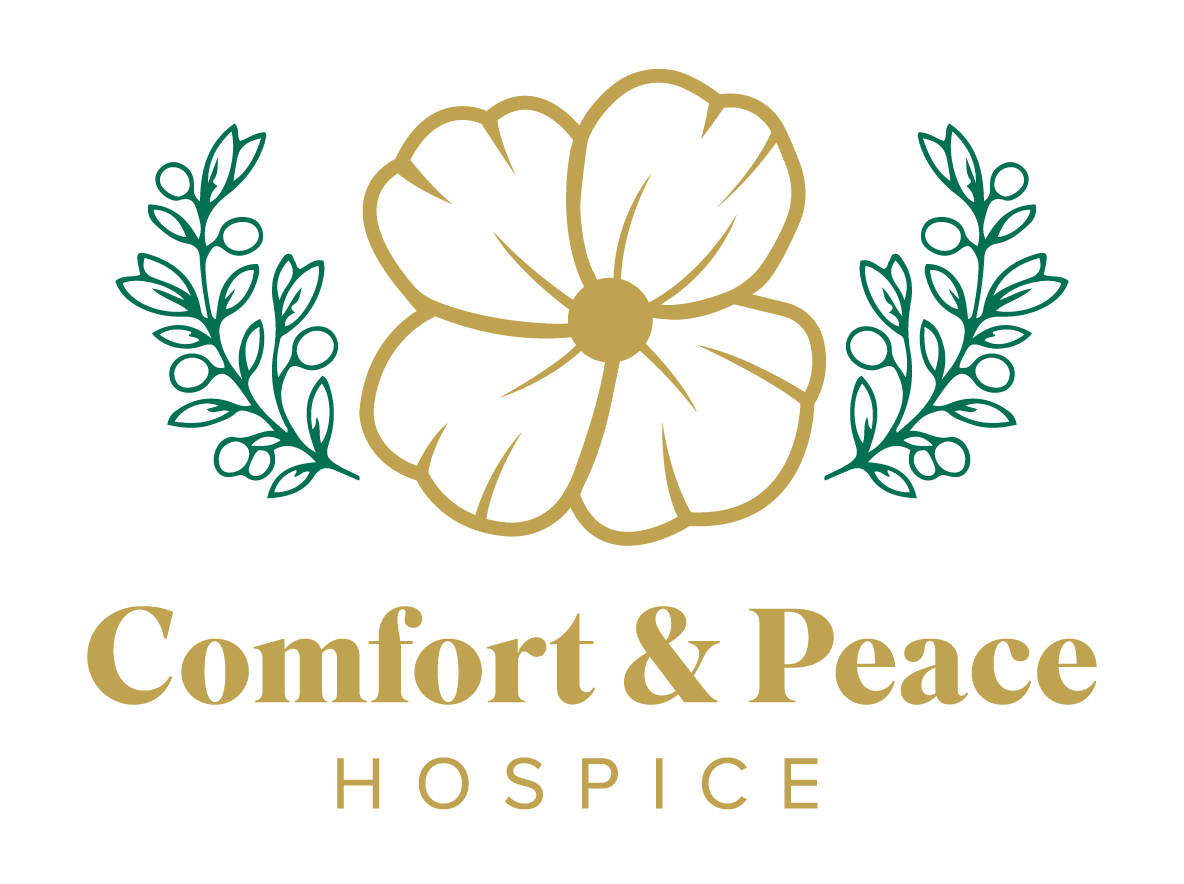f you or your loved one is up against a serious illness requiring some type of professional care, chances are the words “hospice” or “pain treatment” have been thrown your way. It all can be intimidating, especially when dealing with the stress and responsibilities that an illness can impose on you and your family. Understanding the differences and commonalities between hospice and palliative care is essential.
While both aim to provide patients with comfort and assistance during this challenging time, they also differ significantly in certain aspects. In order to receive the appropriate care for your unique needs, you need to understand what each of the services offers.
What Is Hospice Care?
Hospice is a form of care for the sick intended to improve the quality of life in the incurable stage of chronic disease. Hospices’ task is to provide appropriate living conditions for the new needs of the patient, adequate pharmacological treatment, and professional nursing, and even psychological assistance, often covering the patient’s entire family.
Contrary to popular belief, hospices do not only care for cancer patients. Hospice care is also available to neurologically ill patients, such as in cases of advanced stages of atrophic diseases, Multiple Sclerosis, and cardio-pulmonary diseases, as well as patients suffering from immunodeficiency diseases (HIV) or decubitus ulcers of the body. Thus hospices are a solution for many patients in the terminal stage of chronic diseases.
Who Should Seek Hospice Care?
Often family members are the ones postponing hospice for their loved ones, fearing the final stage of the illness is near, which often signals the end of life. While we would love our parents or grandparents to stay with us a little longer, and to think of outliving our children brings us feelings of hopelessness and unbearable pain, it is important to have an open discussion with the ones involved about their final wishes and the quality of their life.
There are certain signs that may let you know it is time to consider hospice care. If you notice that ER trips or hospitalizations have suddenly increased or the patient is having reoccurring infections, you might begin the conversation with your loved one and their team of specialists about hos pice care. You or your relative may experience loss of appetite or severe weight loss, pain that is uncontrollable, shortness of breath, excessive nausea, and vomiting. If you notice rapid health decline despite continued aggressive medical therapy, or elevated confusion and need for sleep, chances are you need to look into a form of palliative care that could include hospice. A tell-tale sign is the patient’s inability to perform standard daily tasks, including eating, walking, getting dressed, or personal hygiene.
The patient’s doctor or doctors might recommend hospice care and take appropriate steps when the prognosis is poor, usually around six months.
What Is Palliative Care?
Palliative care is a broad term describing an interdisciplinary medical approach to mitigating pain and discomfort associated with a serious illness. Palliative care seeks to optimize the quality of life in patients with complex or terminal illnesses. This additional level of support for the sick one and his or her family focuses on the unique needs rather than the patient’s prognosis. Palliative care is available for any age and stage of the disease and can be coordinated along with curative therapy. There are a number of benefits from receiving palliative care:
Enhanced Quality of Life:
Like hospice care, palliative care’s main focus is quality of life, with or without treatment. Serious, complex, and terminal illnesses and their treatment provide an array of side effects that palliative care aims to mitigate, such as in patients suffering from cancer, kidney disease, congestive heart failure, Amyotrophic Lateral Sclerosis (ALS), Parkinson’s, chronic obstructive pulmonary disease (COPD), Alzheimer’s, and many more.
Mitigates Suffering
Palliative care relieves pain and stresses associated with the illness and side effects of the treatment. Patients suffering from chronic, severe, or terminal diseases may additionally struggle with depression, pain, fatigue, nausea, shortness of breath, constipation, decreased desire to eat, insomnia, and anxiety.
In addition, research has shown that patients with chronic and serious illnesses live longer when receiving palliative care as opposed to those who do not.
Tailored Treatment Options
Having a team of specialists behind you while you fight for your health or life means your treatment options are better matched and customized to your unique needs. Palliative care guides the course of your treatment in the right direction, improving your quality of life despite the diagnosis.
Who Should Seek Palliative Care? How is Hospice Care Different?
Palliative care is offered to anyone suffering from a serious illness and can be applied to anyone at any stage of the disease and at any age, from children to elderly patients. Palliative care can be received without taking prognosis into account, as opposed to hospice care. Palliative care can also be offered as part of the entire treatment plan, which takes curative therapy into account. Hospice and palliative care are not two entirely different options – hospice is palliative care for those terminally-ill individuals who have only several more months to live.
Providing Better Care
Why Is Hospice Care Important?
Hospice care is a type of care that focuses on the quality of life of the patient and their loved ones. It provides assistance to people in an advanced, incurable stage of the disease, ensuring that their physical, mental, spiritual, and social needs are met.
The word “hospice” is often understood by patients and their families as a place where they spend their final days waiting for death. This thinking causes reluctance and fear to use this form of care. The idea of hospice care is to support enabling patients to live as actively as possible until death. Death is treated as a normal process. Death is neither hastened nor delayed, while patients’ faith in life is maintained. The hospice also gives hope – for the relief of pain and other troublesome symptoms, for professional care, not only medical but also psychological, and for living life to the fullest of the remaining time on earth.



